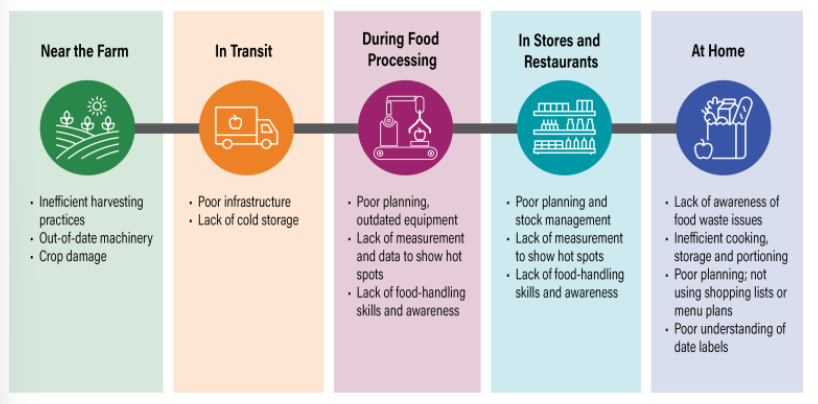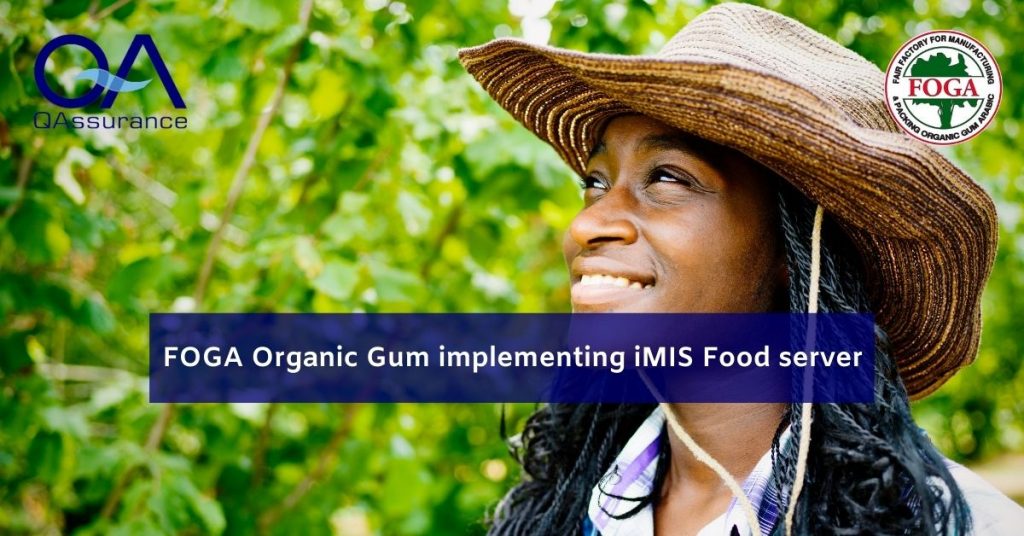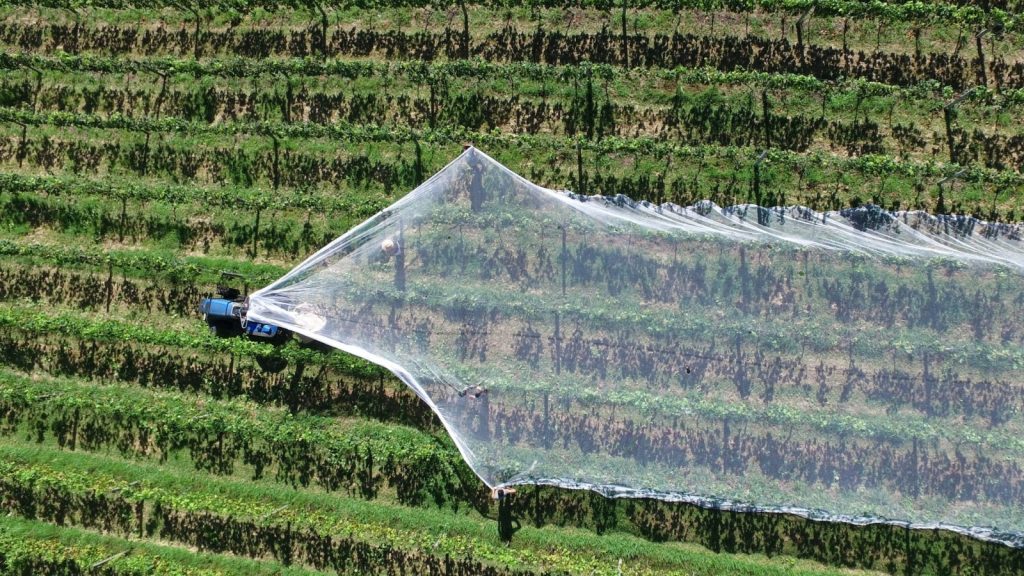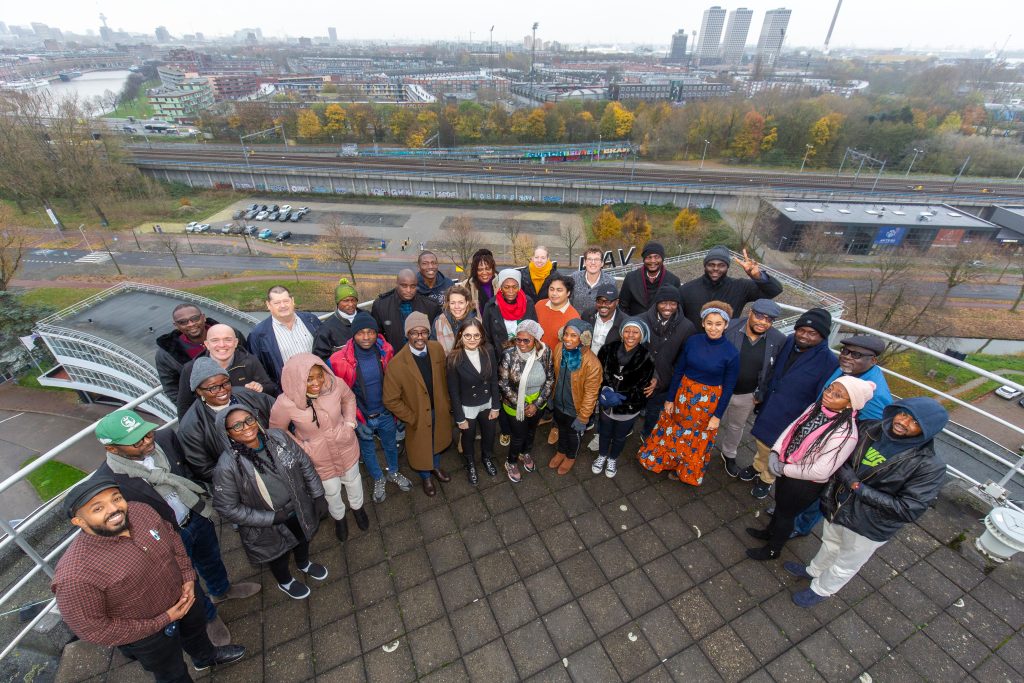Introduction
Food security is a critical global issue, with around one in nine people globally struggling with hunger. Paradoxically, a third of all the food produced is being wasted annually. To address this critical challenge, food loss and food waste must be tackled head-on. In this effort, sustainable food systems are key to tackling both food insecurity and waste. These systems prioritize affordable, nutritious, and safe food while respecting cultural preferences and minimizing environmental impact.
This article summarizes the findings of the roundtable of The Institute of Food Technologists (IFT) “Food Science & Technology Solutions for Reducing Food Waste and Valorizing Waste Streams” and the Food and Agriculture Organization (FAO) about science-based solutions to reduce food loss and utilize processing side streams for building a more sustainable food chain.
Food Loss vs. Waste: Definitions and Global Impact
While the concept of food loss or waste might seem clear-cut, there is, surprisingly, no universally accepted definition of what constitutes it. According to the IFT food loss is defined as the loss of food within the production chain, before it reaches retailers or consumers. Food waste, on the other hand, occurs at the retail and consumption level [3]. The global impact of food loss is significant, with far-reaching social and economic consequences. Underscoring this issue, estimates suggest that [3]:
- 31% of our food, worth $400 billion, is lost or wasted before it reaches our plates
- Food loss and waste are responsible for 8% of greenhouse gas emissions
- Despite vast food loss and waste, nearly 1 in 10 people globally are undernourished, and over 2.3 billion face moderate or severe food insecurity
-> Reducing food waste would combat hunger, boost efficiency, and protect the environment. This is why halving food waste by 2030 is a key UN goal (SDG 12.3) [1].

The benefits of reducing food loss and waste
The UN's Sustainable Development Goals have a clear target: halve food waste and losses by 2030. Reducing food waste benefits everyone – economies, businesses, consumers, our health, and even the environment and leads to [2]:
- Enhanced global nutrition and food security [2]
- Decrease in greenhouse gas emissions [2]
- Environmental impact [4]
- Financial savings [2]
Framing the issues
Identifying the root causes of food loss and waste across the supply chain is essential [1]. Understanding these causes is crucial because even though food chain players strive for their objectives – profit for producers and well-being for consumers – this very drive can lead to some levels of food waste. This “optimal” waste level reflects the trade-off between preventing waste and maximizing its primary goals [1]. However, there are additional factors at play. Both indirect and direct causes can affect food loss and waste (Figure 2).

Monitoring food loss and waste
While most existing food waste data focuses on fruits, vegetables, grains, and legumes at the farm level in developing regions, the FAO highlights the need for a more nuanced approach. Moving beyond these broad categorizations, analyzing food loss and waste across the entire supply chain is crucial. Detailed information encompassing location, extent, and underlying causes for these critical points is essential because it allows for crafting effective reduction strategies and targeted policies [1].
Challenges in the middle segment
Reducing food loss and waste is crucial, but achieving zero waste is likely unrealistic [1]. Several challenges need to be faced, particularly considering the high losses occurring during processing and distribution. This middle segment of the food production chain scores the highest on the FAO food loss index parameters, making it a readily identifiable “critical loss point” – a specific stage where significant losses occur [1, 3]. According to the IFT, challenges in the middle segment are [3]:
- Lack of measurement and target setting – Inconsistent food waste measurement across countries hinders progress. While solutions are worked out, companies should still measure internally to target improvements
- Food safety – One tactic to reduce food loss is the food processing of byproducts into food fit for human consumption. However, limited data exists on how effectively contaminants and bacteria can be removed. Processing methods of byproducts should always undergo safety checks.
- Consumer acceptance and awareness – Consumers prioritize taste above all else. Like any food product, successful valorization of food processing side streams must consider consumer acceptance and affordability.
- Technological feasibility and scalability – Promising food science solutions exist to reduce food waste but scaling them up quickly is crucial. This requires substantial investment from public-private partnerships.
- Communication and collaboration across the value chain – Reducing food waste needs teamwork across the supply chain. Different solutions might create new problems (cost, environment, safety). Communication and collaboration are key to finding solutions that work for everyone.
- Limited policy and investment – The absence of regulations hinders the wider use of food waste solutions.
Solutions and opportunities
Notwithstanding the difficulties in reducing food waste and maximizing food processing byproducts in the intermediate segment, according to the IFT, there are possibilities and solutions in food science and technology:
- Circular economy -> The reuse of resources can reduce environmental impact and save money. However, scaling it and making it profitable requires collaboration across the whole system.
- Technology -> New technologies are needed to quickly and efficiently ensure that upcycled foods are free of contaminants and bacteria.
- Communication with consumers -> Upcycled foods can fight waste and boost sustainability, but will people buy them? Upcycled foods may need extra processing to taste good, which goes against the “minimal processing” trend. Building consumer trust through education and clear marketing is key.
- Investment in food science and technology innovations -> Food science needs a funding boost to fight food loss in developing countries. New tech is crucial, but it must be affordable.
- Enhanced food preservation -> New packaging innovations like smart labels, and compostable materials can extend shelf life and reduce environmental impact. However, finding the right materials and getting them to market quickly needs more funding.
The Truth about Food Additives – Facts vs Fiction
- Collaborations across the food chain -> Public-private partnerships can improve food waste reduction. Industry, academia, and government are converging in “innovation hubs” to leverage transdisciplinary research. This collaborative approach accelerates progress in reducing food loss and waste while ensuring the safety of innovative technologies.
To read more about solutions and case studies regardingg reducing food loss in the middle segment, download the full IFT report here.
Conclusion
The IFT believes food loss and waste can be addressed with science and technology-based methods. The roundtable's key takeaways can be summarized as [1]:
- Aiming for a better quantification of food's true value
- Building cross-chain coalitions to fight waste
- Tracking food loss across the supply chain
- Investing in scaling innovative solutions
- Expanding food policies to include upcycling
Sources
- [1] Food and Agriculture Organization of the United Nations. (2019). The State of Food and Agriculture 2019. In FAO eBooks. https://doi.org/10.4060/ca6030en
- [2] Goodwin, L. & World Resources Institute. (2023). The global benefits of reducing food loss and waste, and how to do it. World Resources Institute. https://www.wri.org/insights/reducing-food-loss-and-food-waste
- [3] Institute of Food Technologists. (2022). Food Science and Technology Solutions to Improve Food and Nutrition Security – Reducing Food Loss & Valorizing Food Processing Side Streams. https://www.ift.org/policy-and-advocacy/advocacy/food-and-nutrition-security
- [4] United Nations. (n.d.). Food Loss and Waste Reduction | United Nations. https://www.un.org/en/observances/end-food-waste-day
Related articles to Food Loss: Technology and Food Science to the Rescue
Many customers and visitors to this page 'Food Loss: Technology and Food Science to the Rescue' also viewed the articles and manuals listed below:



